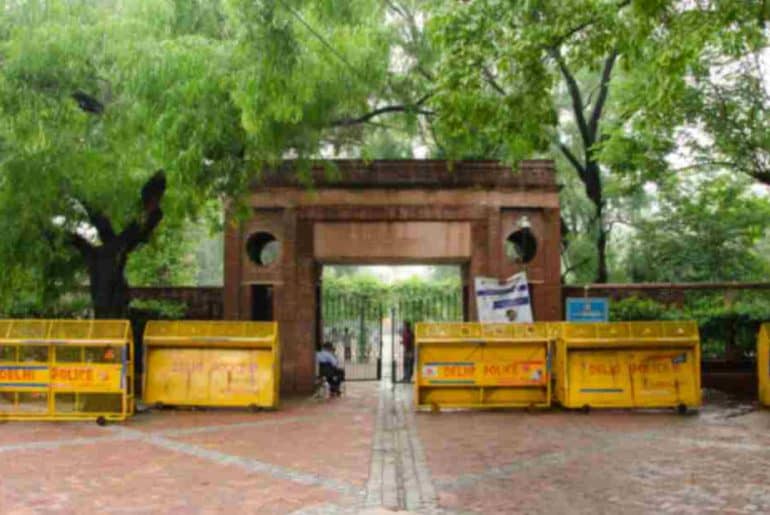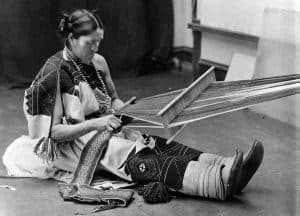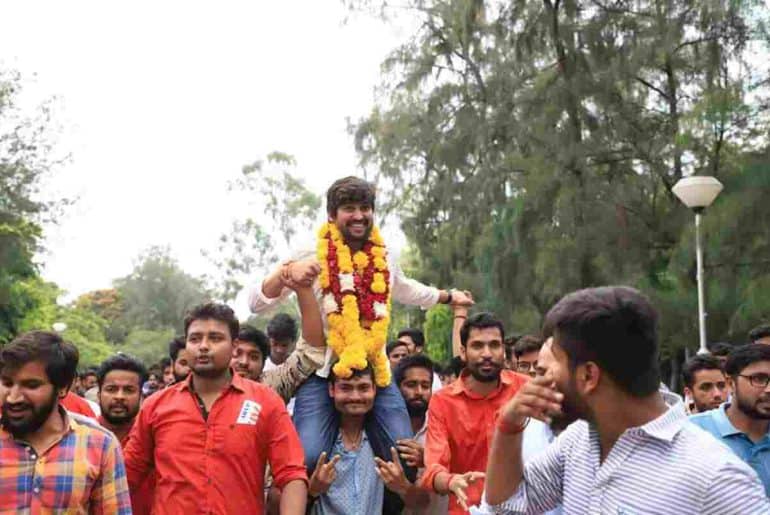Delhi University withdrew its proposal to include the Hindu religious text, Manusmriti and Tuzuk-i-Baburi (Baburnama), the memoir of the Mughal King Babur, from the undergraduate History curriculum after opposition from faculty members and the DU Vice-Chancellor.
Delhi University Vice Chancellor Yogesh Singh condemned and dropped a proposal to include the texts, Manusmriti and Baburnama in the undergraduate syllabus for History on Tuesday, 4th March, 2024, following resistance from faculty members. He clarified that such texts were not worth the consideration of being included in the curriculum and would be overruled in similar future proposals as well.
On February 19th, the History Department’s Joint Committee of Courses cleared the proposal for the inclusion of Manusmriti and Baburnama into the undergraduate curriculum. However, faculty members from across Delhi University colleges criticised the proposal for lacking ‘critical perspective’ and objected to teaching the texts. Upon review by the Vice Chancellor, the proposal now stands withdrawn. Official reports claim that the History Department looks to schedule a review meeting to formally withdraw the proposed inclusion. In a statement to the Indian Express, Singh further stated that he would exercise his emergency powers to prevent the proposal from being introduced for review in the next Academic Council meeting.
Singh, questioning the relevance of the texts, told the Hindustan Times,
We do not want to consider such texts which are not acceptable to many, and will create chaos in the system. We are in the 21st century and there is no need to teach these. Under the New Education Policy (NEP 2020), we want to bring new courses in accordance with Indian traditions, which will benefit the country and society.
Specifically, he criticised Baburnama as an “autobiography of a tyrant” with no relevance of being taught in today’s time.
However, faculty members of Delhi University remain divided upon the inclusion of Manusmriti and Baburnama – while some professors strongly urged their removal, others defended the historicity of the primary texts.
Associate Professor Surendra Kumar, strongly resisting the proposal, wrote to the Vice Chancellor criticising Manusmriti for “glorifying exploitation and oppression” and being “against the idea of Bharat” and argued against Baburnama for glorifying an invader’s widespread “destruction of people in Bharat”.
Professor Latika Gupta stated,
Other faculty members defended the inclusion of texts through their historical context as primary sources rather than an endorsement of their oppressive ideas. A faculty member in conversation with Indian Express stated,
How can one understand caste and discrimination if they do not read Manusmriti? To understand inequality and discrimination, one must educate themselves. After all, that is what a university space should be all about.
This is, however, not the first time that debates have sparked regarding the inclusion of Manusmriti in the Delhi University curriculum. Last year, a similar proposal to include the Hindu religious text into the LLB syllabus received resistance from the Faculty of Law and was ultimately withdrawn. The Education Minister Dharmendra Pradhan too commented against the inclusion of such a controversial text in the university curriculum.
Read Also: Delhi University Rejects Proposal to Add Manusmriti in the LLB Syllabus Post Severe Backlash
Image Credits: Devesh, DU Beat
Aaratrika Ghosh









